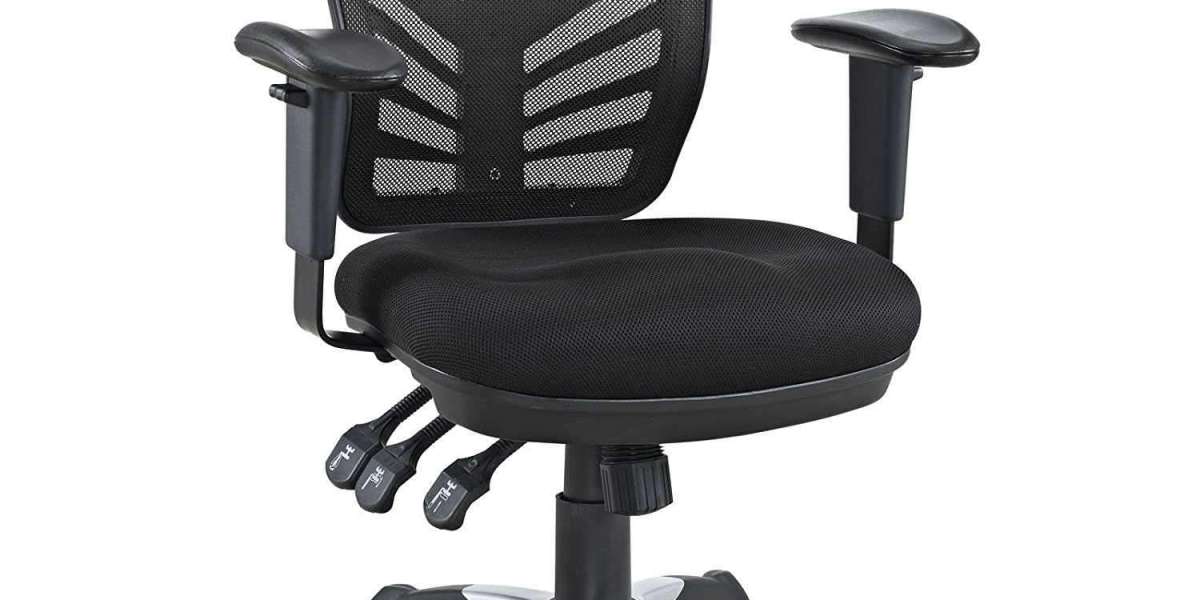Introduction
Children face various challenges as they grow, and some may require extra support to develop essential life skills. Pediatric occupational therapy plays a crucial role in helping children achieve independence in daily activities. Whether a child struggles with motor skills, sensory processing, or social interactions, occupational therapy provides tailored interventions to address their unique needs.
In this guide, we will explore what pediatric occupational therapy is, its benefits, how it works, and how to find the right therapist for your child.
What is Pediatric Occupational Therapy?
Pediatric occupational therapy (OT) is a specialized form of therapy designed to help children develop, improve, or regain essential life skills. These skills include fine and gross motor skills, sensory processing, social interactions, and self-care abilities like dressing, eating, and writing.
Therapists use play-based interventions to engage children in activities that enhance their physical, emotional, and cognitive development. The goal is to help children participate fully in daily activities at home, school, and within their communities.
Who Can Benefit from Pediatric Occupational Therapy?
Pediatric OT is beneficial for children with various developmental, neurological, and physical conditions, including:
Autism Spectrum Disorder (ASD)
Attention Deficit Hyperactivity Disorder (ADHD)
Sensory Processing Disorders
Cerebral Palsy
Developmental Delays
Down Syndrome
Learning Disabilities
Fine and Gross Motor Skill Delays
Even children without a diagnosed condition may benefit if they struggle with coordination, handwriting, or daily activities.
Key Areas Addressed by Pediatric Occupational Therapy
1. Fine Motor Skills Development
Fine motor skills involve small muscle movements, such as grasping objects, writing, buttoning clothes, and using utensils. OT helps children develop these skills through activities like:
Beading and threading exercises
Cutting with scissors
Handwriting practice
2. Gross Motor Skills Enhancement
Gross motor skills involve larger muscle groups and are essential for running, jumping, and balancing. OT helps improve these skills through:
Climbing and obstacle courses
Ball games
Strength and coordination exercises
3. Sensory Integration Therapy
Many children with sensory processing issues may be overly sensitive or under-responsive to stimuli like noise, touch, or movement. Sensory integration therapy helps children regulate their responses through:
Swinging and jumping activities
Textured materials exploration
Deep-pressure exercises
4. Social and Emotional Skills Development
OT helps children improve their ability to interact with peers, understand emotions, and develop self-confidence. Activities include:
Role-playing games
Group therapy sessions
Emotional regulation exercises
5. Self-Care Skills Training
For children who struggle with daily tasks like dressing, eating, or brushing teeth, OT provides structured training to promote independence.
How Does Pediatric Occupational Therapy Work?
Assessment and Evaluation
The therapy process begins with an in-depth assessment of the child’s abilities, challenges, and needs. The therapist evaluates fine and gross motor skills, sensory processing abilities, and self-care independence.
Creating a Personalized Treatment Plan
Based on the assessment, the therapist develops a customized plan with specific goals tailored to the child’s developmental needs.
Therapy Sessions
Sessions typically take place in clinics, schools, or even at home. They are designed to be engaging and enjoyable while addressing the child’s challenges.
Parental Involvement
Parental support is crucial for the success of therapy. Therapists often provide parents with exercises and strategies to continue skill development at home.
Finding the Right Pediatric Occupational Therapist
What to Look For
When choosing a therapist, consider:
Qualifications and certifications
Experience with children’s therapy
A child-friendly and engaging approach
Reviews and recommendations from other parents
Where to Find a Therapist
You can find qualified pediatric occupational therapists through:
Pediatricians and healthcare providers
School recommendations
Online directories and therapy centers
Conclusion
Pediatric occupational therapy is a valuable resource for children struggling with developmental, motor, sensory, or social challenges. By addressing these areas early, children can build the skills they need to thrive in everyday life. If your child faces difficulties in any of these areas, seeking occupational therapy can be a transformative step toward their independence and success.








